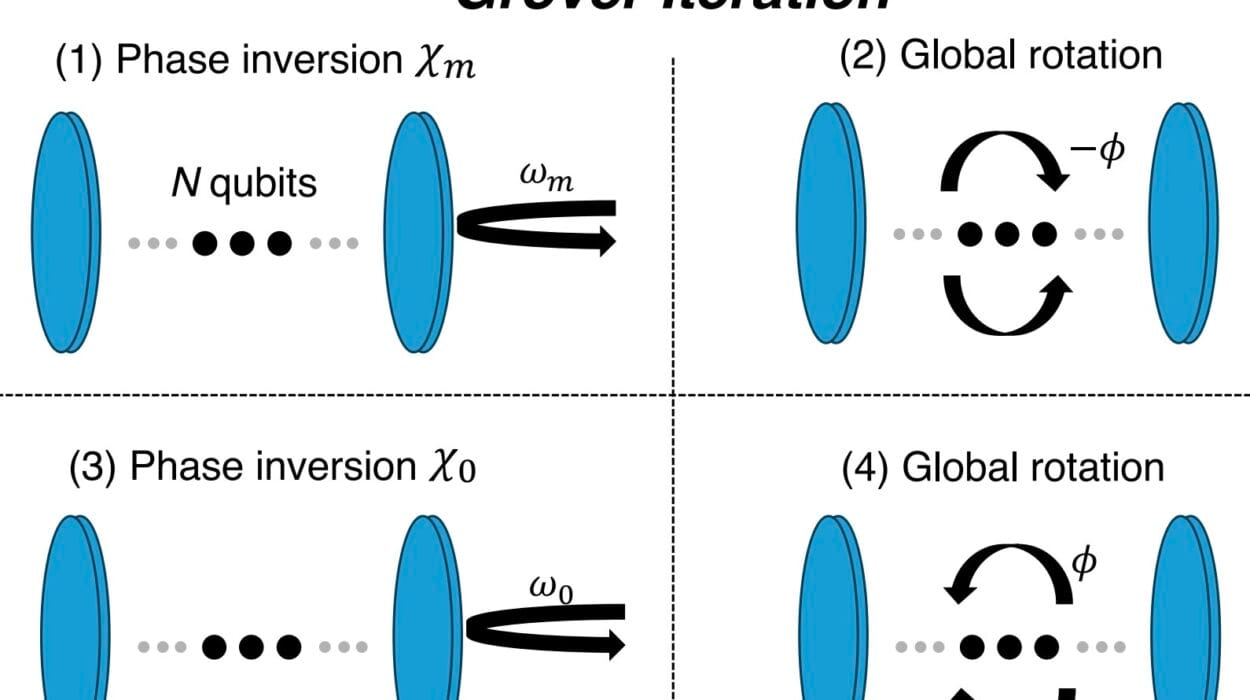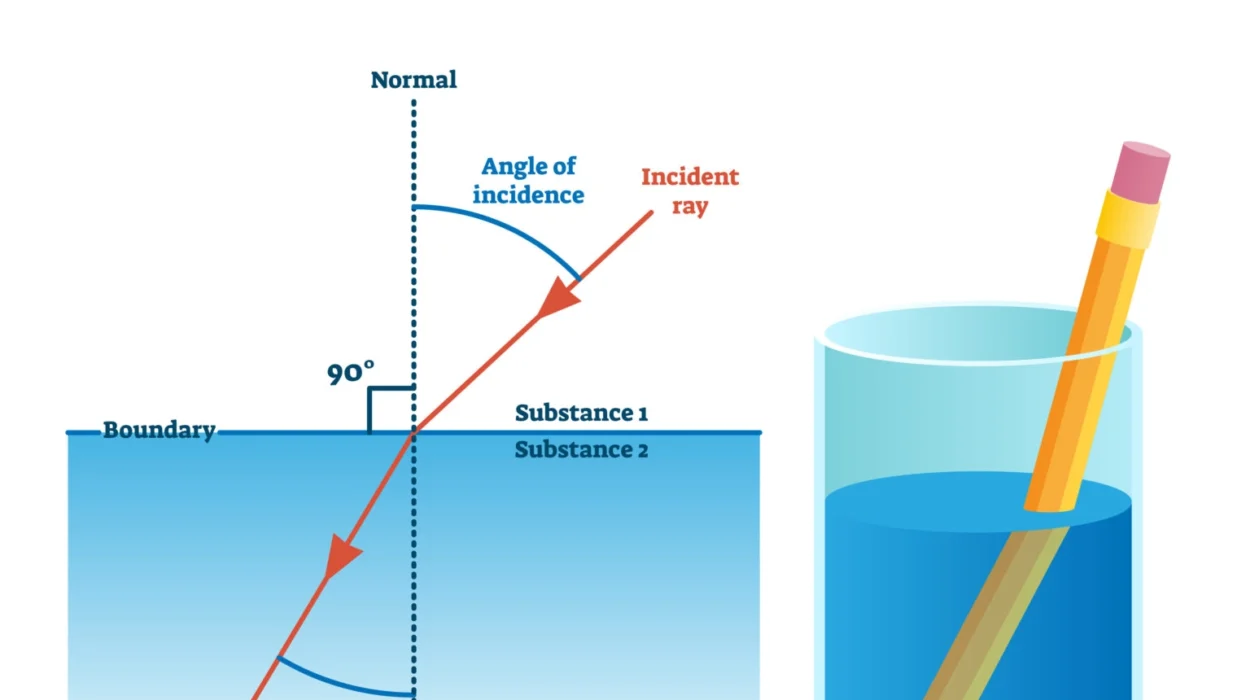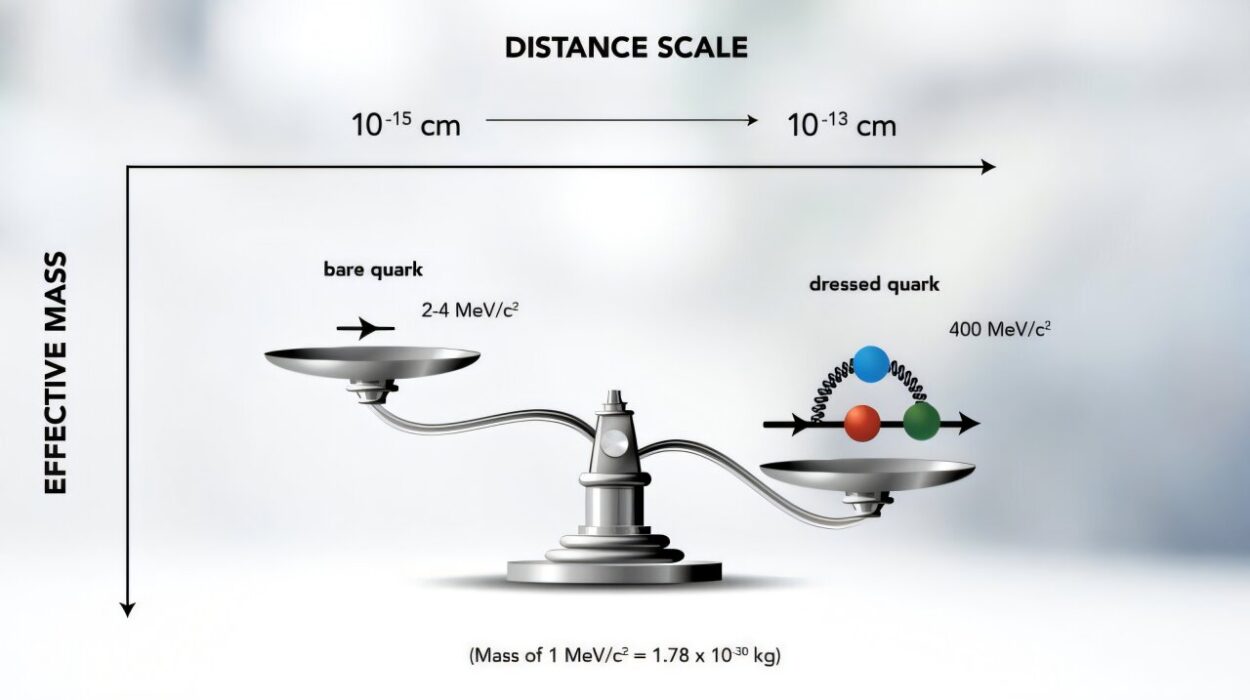Light is the first language of the cosmos. Before humanity ever carved words into stone or etched equations onto chalkboards, we looked up at the sky and saw the universe speaking to us in color and brightness. The glow of sunrise, the shimmering arc of a rainbow, the star that leads the sailor home—light has always been our window to wonder.
Yet light is far more than what we can see. What we perceive as visible light is just a sliver of a grand, invisible kingdom known as the electromagnetic spectrum. It is a vast continuum of energy, stretching from waves longer than a football field to particles so energetic they can pass through the atoms of our bodies. To understand light is to understand the very language of the universe—how it moves, how it sings, how it writes the story of everything we know.
From Fire to Physics: Humanity’s Journey with Light
Long before science had names for gamma rays or microwaves, light fascinated us. Ancient cultures built temples to align with solstices and eclipses. They told myths of sun gods and moon spirits. They measured time by the sun’s position and the stars’ shifting paths. Light was sacred, unknowable.
But as science evolved, we began to understand that light wasn’t magic—it was mathematics, vibration, energy in motion.
In the 17th century, Isaac Newton discovered that white light, when passed through a prism, splits into the familiar rainbow. He realized that light was composed of different colors, each refracting at slightly different angles. But it wasn’t until the 19th and 20th centuries that scientists like James Clerk Maxwell and Albert Einstein unlocked the true nature of light—not just as a visible phenomenon, but as part of a vast spectrum that includes radio waves, microwaves, infrared, ultraviolet, X-rays, and gamma rays.
Every form of light—seen and unseen—has something in common: it travels in waves, and it carries energy. What distinguishes one type from another is its wavelength and frequency. The longer the wavelength, the lower the frequency and energy. The shorter the wavelength, the higher the frequency and energy.
This simple relationship defines the electromagnetic spectrum.
The Electromagnetic Symphony
Imagine the electromagnetic spectrum as a piano with infinitely many keys. The low, deep notes are the radio waves—slow, lazy, with enormous wavelengths. These are the waves that bring music to your car and data to your phone. As we move up the keys, we reach microwaves, heating your food and bouncing off radar dishes. Higher still, the infrared—warm, invisible light that snakes through the night sky and radiates from every living body.
Then comes the narrow band we call visible light—the only part of the spectrum human eyes can see. Red, orange, yellow, green, blue, indigo, violet. These colors live in a sliver of wavelengths between about 400 and 700 nanometers. Compared to the full electromagnetic spectrum, this is like seeing only one word on every hundred pages of a book.
Beyond violet lies ultraviolet—more energetic, more dangerous, responsible for sunburns and the glow of blacklight posters. Beyond that are the X-rays, which pass through your skin and let doctors see your bones. And at the highest frequencies, the shortest wavelengths, are gamma rays—the most energetic form of light in the universe, born in nuclear explosions and the hearts of dying stars.
Every region of this spectrum tells a different part of the universe’s story.
Radio Waves: The Gentle Giants
Radio waves are the longest and slowest in the spectrum. Their wavelengths can stretch from centimeters to kilometers. They are the workhorses of communication, carrying signals for television, radio, cell phones, and satellites. But their story goes far beyond technology.
Astronomers use radio waves to peer into the coldest, darkest parts of the cosmos. Giant radio telescopes—like the now-famous Arecibo and the sprawling arrays in the deserts of Australia and New Mexico—can detect signals from pulsars, quasars, and hydrogen clouds that formed shortly after the Big Bang.
Radio astronomy allows us to see through cosmic dust, revealing galaxies hidden from optical view. Without radio waves, we would be nearly blind to the structure of the universe.
Microwaves: Beyond the Oven
Microwaves are a bridge between radio waves and infrared. While they’re most famous for heating up leftovers, their role in science is monumental. The most significant discovery involving microwaves came in 1965, when Arno Penzias and Robert Wilson stumbled upon a persistent hum in their radio antenna. That hum turned out to be the cosmic microwave background—the leftover glow from the birth of the universe itself.
This faint microwave signal, now mapped in exquisite detail by satellites like COBE and Planck, provides a baby picture of the cosmos. It shows the seeds of galaxies, the earliest fingerprints of matter and energy, and the expansion of space itself. Without microwaves, we’d have no direct evidence of the Big Bang.
Infrared: The Heat of the Hidden
Infrared light is felt more than seen. It lies just beyond red on the spectrum, and it’s responsible for the warmth you feel from the sun or a fireplace. Every object with temperature—whether a planet or a person—emits infrared radiation. Night-vision cameras see the world in infrared, translating temperature into visible light.
In astronomy, infrared is the key to seeing the cold and the obscured. Dusty stellar nurseries where new stars are born glow brightly in infrared. The James Webb Space Telescope, humanity’s most ambitious space observatory to date, was built to see in the infrared. It peers through cosmic fog, unveiling galaxies billions of light-years away, looking back in time toward the beginning of the universe.
Infrared connects the tangible heat we feel to the invisible stories the cosmos tells.
Visible Light: The Human Spectrum
This is the light we know best—the narrow band our eyes evolved to see. It’s not a coincidence that our vision is tuned to these wavelengths. Earth’s atmosphere is most transparent to visible light and radio waves, allowing them to reach the surface unhindered. Our sun emits the most energy in this band, and so we evolved to see what our environment naturally provided.
Within visible light, each color corresponds to a specific wavelength. Red has the longest, around 700 nanometers. Violet is the shortest, around 400. White light contains all visible wavelengths combined, while prisms and rainbows show how nature separates them.
But even within this familiar range, light is astonishing. It carries color, shape, motion. It defines art and beauty, signals and signs, safety and danger. Without visible light, we would live in permanent darkness, biologically and culturally.
Ultraviolet: Light with a Bite
Ultraviolet light is beyond the violet edge of the visible spectrum. It carries more energy than the light we see and is responsible for tanning, sunburns, and skin cancer. The ozone layer in Earth’s atmosphere protects us from most harmful UV radiation—but some gets through, and it’s both a blessing and a curse.
In small amounts, UV light helps our bodies produce vitamin D. It also plays a role in sterilization, killing bacteria and viruses. In the natural world, many animals—like bees—can see UV patterns on flowers, invisible to humans, guiding them to nectar.
In astronomy, ultraviolet telescopes reveal the hot, young stars in galaxies, the high-energy edges of stellar explosions, and the surface activity of the sun itself.
X-Rays: The Light That Sees Through You
X-rays pass easily through soft tissues but are blocked by bone, making them perfect for medical imaging. But they are also crucial in exploring the high-energy universe.
X-ray telescopes, placed in orbit to avoid atmospheric interference, observe the violent regions of space. They capture the glow of gas swirling around black holes, the shockwaves of exploding stars, and the intense radiation from neutron stars. The Chandra X-ray Observatory, launched by NASA in 1999, has shown us some of the most dramatic and deadly regions of the cosmos.
X-rays remind us that light is not just gentle illumination—it can also be fierce, sharp, and probing.
Gamma Rays: The Edge of Energy
At the highest end of the spectrum, gamma rays vibrate with staggering intensity. They are born in the universe’s most extreme environments: nuclear explosions, supernovae, black hole jets, and neutron star collisions.
Gamma rays can destroy biological tissue, trigger genetic mutations, and ionize atoms. On Earth, they’re produced during radioactive decay and are used in cancer treatment and industrial scanning.
But in space, they tell the story of cosmic cataclysms. Gamma-ray bursts—brief, brilliant flashes lasting seconds—are the most energetic events ever observed. One gamma-ray burst can outshine entire galaxies. These bursts likely mark the birth of black holes or the violent merger of neutron stars, sending ripples through spacetime itself.
Gamma rays are the universe’s scream—loud, rare, and unignorable.
Light as Particle and Wave
For centuries, scientists debated whether light was a wave or a particle. The answer, astonishingly, is both.
Light behaves like a wave when it travels, diffracts, or interferes. But it acts like a particle—called a photon—when it interacts with matter. Einstein’s explanation of the photoelectric effect, for which he won the Nobel Prize, showed that light’s energy is quantized. A single photon can knock an electron loose from an atom if it carries enough energy.
This duality is at the heart of quantum mechanics. It means light cannot be fully described by classical intuition. It is, in a sense, beyond metaphor. Not just wave. Not just particle. But something deeper that behaves like both depending on how you look at it.
Seeing the Invisible
Perhaps the greatest triumph of science is our ability to “see” beyond what evolution gave us. With infrared cameras, we watch volcanoes in the dark. With X-rays, we scan our bones. With radio waves, we listen to pulsars across galaxies. Our tools extend our senses into the vast and mysterious world of electromagnetic radiation.
Every telescope, every satellite, every detector is an eye that sees a different kind of light. And each reveals a different version of reality.
There is no single truth in light. There are many. The color of a rose is not what it “is,” but how it responds to certain wavelengths. The sky is blue not because the air is blue, but because of how molecules scatter short wavelengths. Light is not merely seen—it is interpreted.
A Universe of Light
In the end, to understand the electromagnetic spectrum is to understand that we live in a layered universe. A cosmos where the radio silence of deep space is full of invisible signals. A world where heat glows in darkness, where stars die in flashes we can only detect with space telescopes, where even the hum of creation still echoes in microwaves around us.
The electromagnetic spectrum is not just a scientific concept. It is the foundation of nearly every modern technology—communications, medicine, energy, exploration. It is the palette with which the universe paints its story.
We are born into light. We are shaped by it. And through science, we have learned to see more of it than our eyes alone ever could.






